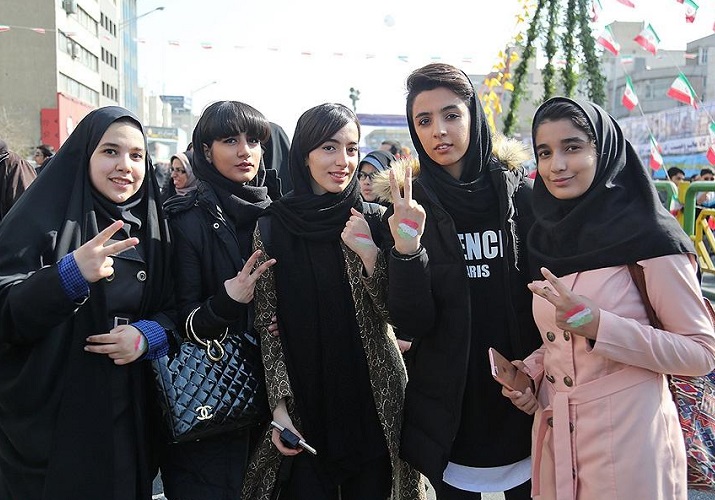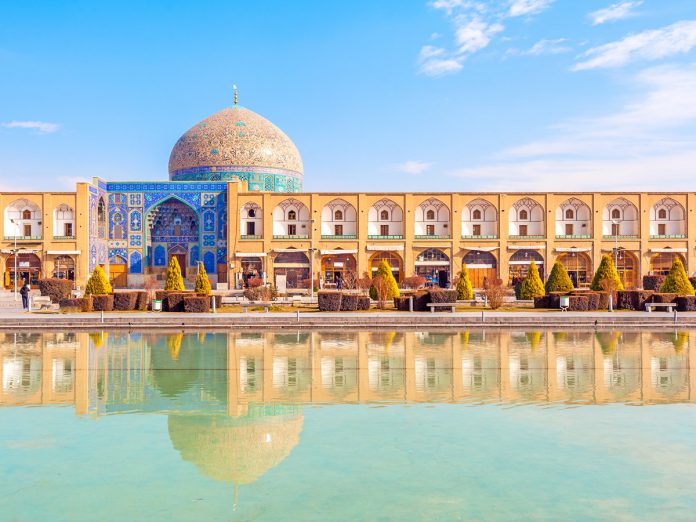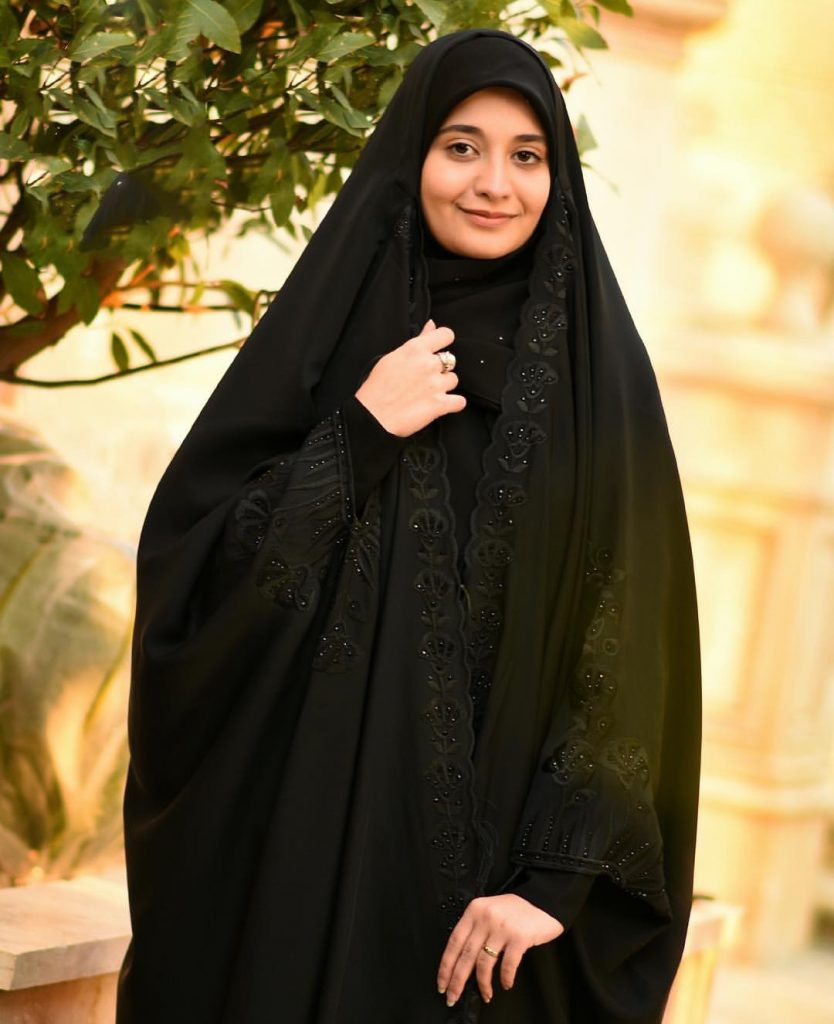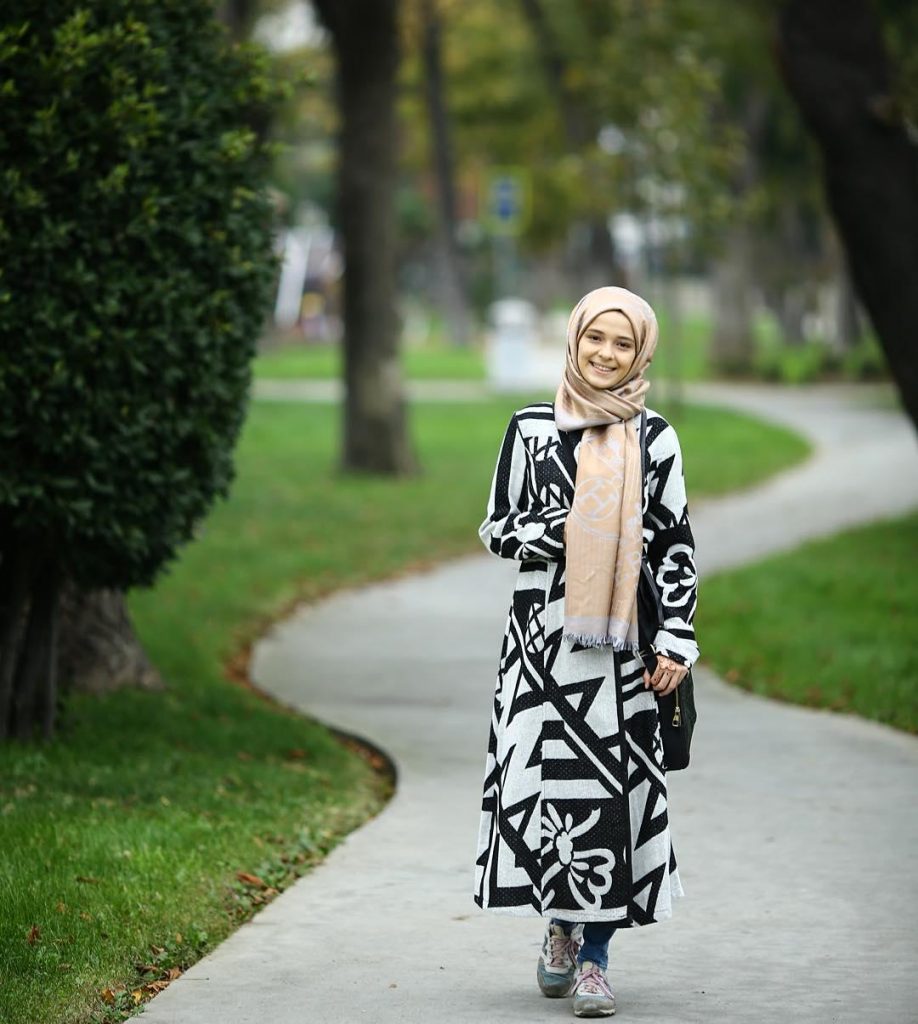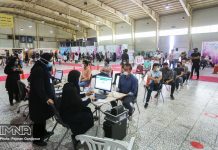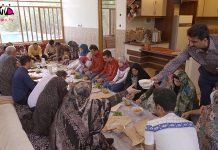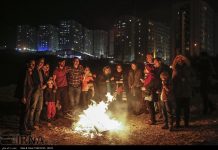Any time that we want to enter a new country, we look for some primary information in advance. I was always thinking about why there is not a referent site that gathers all that information in one place so that you won’t need to find all that information by searching in many posts in different websites such as TripAdvisor or even Quora! Now let’s take a look at some of these questions and answers in Iran.
First, how can I get to the city from the airport and then travel inside the city? There are two basic ways from the airport: Metro and taxi. Plus, the buses when you arrive in the city. You can refer to the post about public transportation to find out more about the metro system and different types of taxis. If you want to get the airport taxis, look for the taxi offices just after you take your luggage. There are also some desks for car renting at the airport. Remember that public transportation is rare on holidays. The weekly holiday in Iran is on Friday (and many offices in Tehran are closed on Thursdays).
Second and maybe the first important thing is the language. You might not encounter serious problems before you exit the airport if you know some English, however, the security officials may not be able to speak well in English. But for your daily conversations with normal people, the problem enhances. Most of the young people have the ability to speak a little English and a little bit Arabic (as far as they learn these two languages at school but unfortunately, they know these two languages in a basic level). More problems in conversations would occur when this is their turn to understand your talk -i.e. problems with their ‘listening’ skill. Keep in mind that this absolutely is not a usual and normal thing that a foreigner is met in the street, even in a multi-cultural and big city like Tehran. The first English word that you say shows you have a foreign nationality putting people in an odd situation and maybe they don’t know how to react. However, it does not necessarily mean bad for you. There’s a big chance that you see an extremely respectful reaction, though not really responsive and helpful. Sometimes they may try to talk to you and continue the conversation (and especially they might like talking more than listening!). So, if you are one of those who like to interact and know more about the local people, you only need to find someone who can speak some English and everything goes on by itself! Be ready beforehand that asking personal questions about where are you from and what are you doing here, are you married or not, what’s your job, what’s your religion, etc. are really usual in Iranian culture. If you want to experience a good conversation you need to deal with that and of course, you can also ask the same questions.
In written language, the letters are the same as Arabic and there are many similar words to English and Arabic. But the grammar is totally different (but not too complicated). It is written from right to left just like Arabic. The official calendar system in the country is Shamsi (Solar or Jalali). You can go through various websites to convert Jalali to Gregorian or Hijri. I’ll write about the language and the calendar system later in other posts.
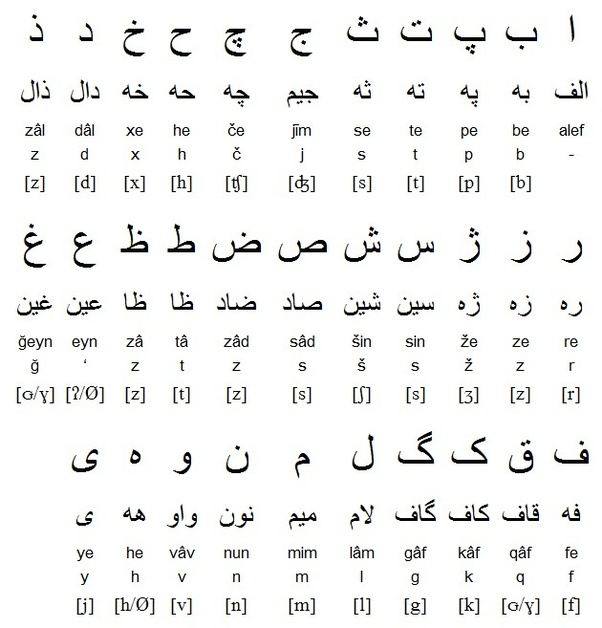
Here it would be nice to say something about the greetings. When two Iranians see each other, they say “Salaam” and if they are with the same sex, they usually shake hands. Especially if you are a man and want to start a relationship or even a simple conversation with a religious woman, you have to be careful and be ready if you don’t find a kind and welcome reaction. Remember not to stare at them and pay attention that handshaking between strange men and women is not accepted by many people in society because it is forbidden in Shia Islam. Furthermore, the people don’t hug or kiss each other on the cheek if this is the first time, but they do it with their close friends if this is a relatively long time that they have not met each other. A good ending for a meeting is also important. You have to say “Khoda hafez” (the God keeps you safe) as Goodbye when leaving. This is usual to again shake hands then. These are the primary things, however, there are many detailed rules which are out of our focus in this post!
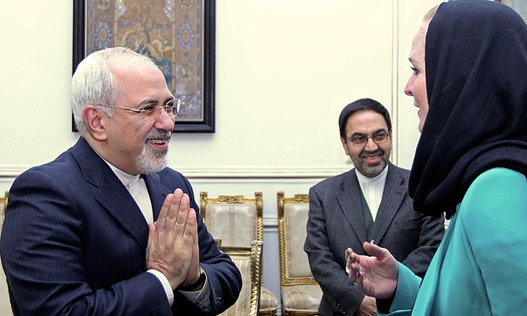
Third is about money. The currency in Iran is Rial. But in daily life, you almost never hear the prices in Rials, but in Tomans (Don’t worry, it’s absolutely easy: each Toman equals to ten Rials). Also, sometimes people factor the thousand and even million and you have to guess it by estimating the value of the good! For example, if you want to buy some fruit, the seller may tell you it costs ten (dah) toman(s) and it means 10000 tomans which is 100000 Rials. Another strange thing about money is that there’s a big gap between the formal and informal currency exchange rate (This gap became so great after the enactments of the recent sanctions of the US). For example, right now that I search for the euro to Iranian rial in Google, it tells me the rate is 47117 but it is about 150000 in the free market! I know it is incredible, but it is good news for foreigners planning to travel to Iran! Nevertheless, the most challenging problem for tourists about money is the international payment. Because of the sanctions of the banking system, it is not possible to pay by your international debit or credit card, neither online nor by cash or PIN. Bank transfer is also very difficult and costly. So, make sure you have enough money with you in cash to change it to Rial inside the country. But not more than 10000 euros because of the Iranian costume law (however, it’s not seriously controlled!)
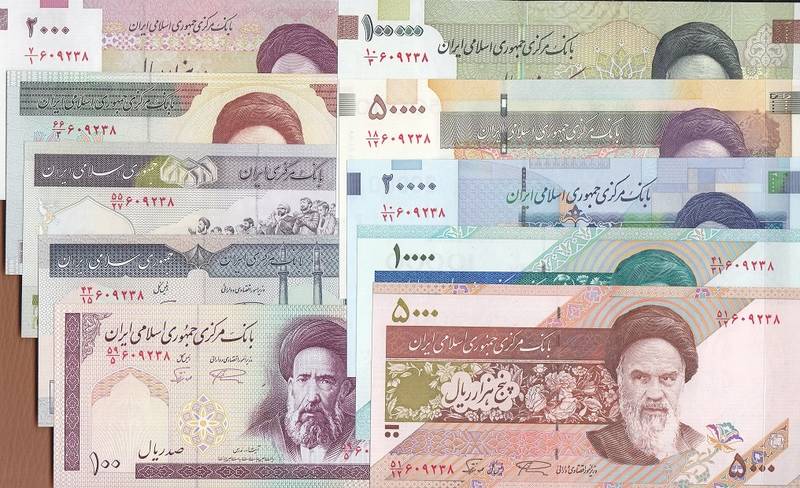
Fourth is about online communications in means of SIM card and internet. There are three mobile operators in the country: Hamrahe Avval, Irancell, and Rightel (sorted by the number of their users). Hamrahe Avval has been the first mover and therefore has the most users. Having a Hamrahe Avval phone number has a meaning in the society that you’ve got your number from years ago (however, it is not necessarily true) and so it brings a special prestige!! Irancell has had the biggest growth and most internet data users. At least in Tehran, they are not a lot different in their performance. There’s network coverage in almost everywhere in the country. 3G & 4G Internet data is also available in about (my own estimate) 70% of the big cities and even in many small cities and villages. There are both prepaid and postpaid services and also Data SIM Cards. You can buy a prepaid SIM card online or from the special vendors all around the city. You can also buy an Irancell visitor SIM card from Imam Khomeini International Airport for about 40000 Toman by showing your passport for registration. One thing to consider about the internet in Iran is that you may have problems connecting to some of the websites like Facebook, Twitter, and YouTube. That’s because of internet censorship. So, if you are addicted to these websites, make sure you have installed a good VPN application beforehand. If you have an electronic device, keep in mind that the electricity in the country is 220 V and the plugs are in the European form.
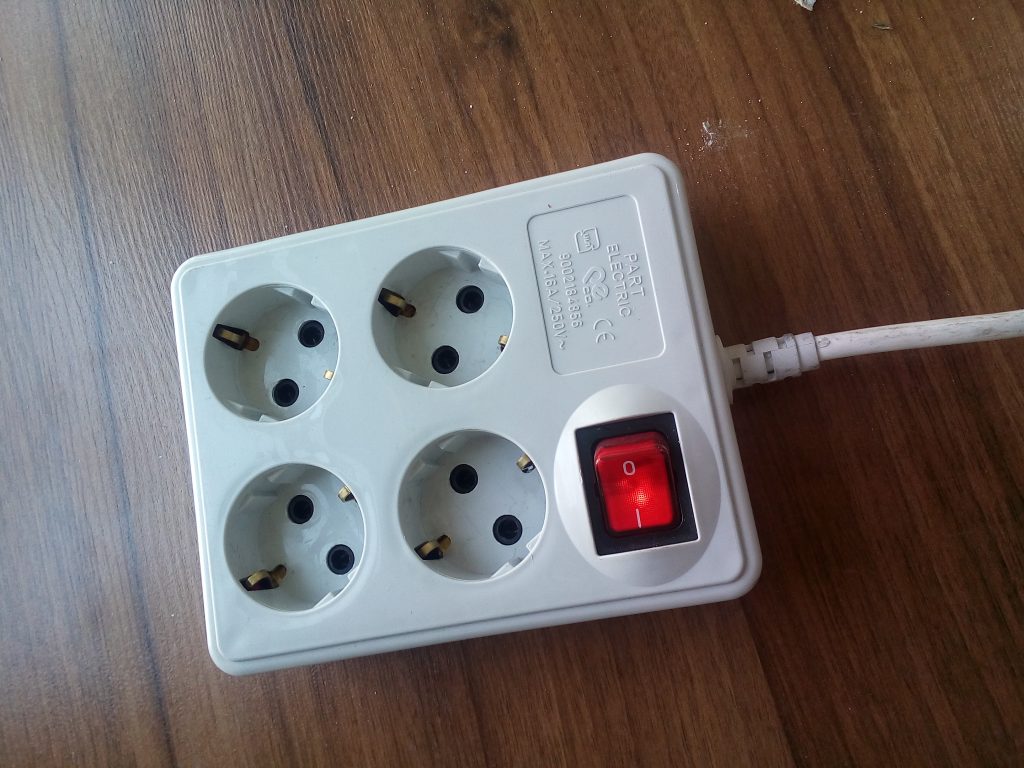
Fifth is about the issue that many foreigners who want to have their first travel to Iran are scared of! I.e. the dress code especially for women. There’s a law that all the women from the age of 9, even those who are not Muslim should wear Hijab in public places. Hijab is a dress code required by Islam. It means that the women should cover all their body by suitable -not too tight- clothes except their face and hands from their wrist to fingers. The women usually use jeans, long clothes called Manto, and also scarfs to cover their hair, ears, and necks. Some of them use Chador which is black long clothing that covers all the body (this is the common wear for women more or less among all of the Arab countries). It is known as a more complete form of Hijab so it is used by more religious women.
But what is fulfilled now about dress code in the society is really different from the written law. Nowadays, in big cities, especially in Tehran, many women are not covering completely their arms, necks, and hair or they don’t take care if their scarf falling down in public places. But still, the other parts of the body are covered by clothes. About a decade ago, a special type of police was supposed to look after the public dressing, called Gashte Ershad (Means Guidance Patrol), but today, it’s not so active anymore except in some limited occasions. Thus, there’s no reason to be so worried about your clothing. Only keep in mind that if you wear very different you may attract eyes that can be not so pleasant and convenient. My own suggestion about Hijab is: watch movies from our Youtube channel or other recent videos in public places in Iran and understand the public norms. Then that might be a good idea to respect the law and the normative expectation of many people and more important than that, try to experience the lifestyle and feeling of the country you are traveling in addition to just looking at it as an external observer (what I tried to do in my travel to Europe and learned a lot from that!)
